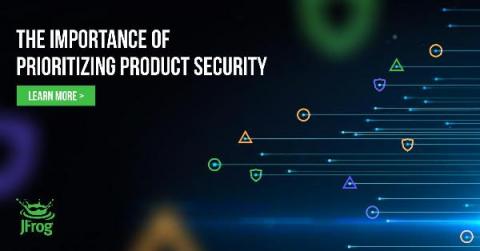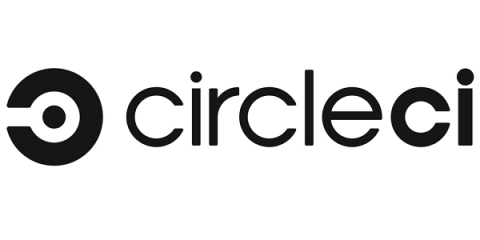Operations | Monitoring | ITSM | DevOps | Cloud
Latest News
Fold Your Repos Into PHP Composer v2 with Artifactory
Using Helm with GitOps
This is the first of many posts highlighting GitOps topics that we’ll be exploring. Within this post, we will explore Helm, a tool used for Kubernetes package management, that also provides templating. Helm provides utilities that assist Kubernetes application deployment. In order to better understand how Helm charts are mapped to Kubernetes manifests, we’ll explain more details below and how to use Helm with and without GitOps.
Performing database tests on SQL databases
Testing is one of those activities that if not exhaustive will not have its complete impact on your software development process. Oftentimes developers are only concerned about testing the application layer of the system (a.k.a the codebase) and ignore testing the data layer (the database) which is also as important as testing the code itself.
The Importance of Prioritizing Product Security
CircleCI Achieves Significant Business Growth as Companies Increasingly Invest in Software Development
CircleCI at 10 and a look ahead
Today is CircleCI’s 10-year anniversary. I sent the whole staff an email that captures the sentiment of this important moment and I wanted to share it with you here. It offers a glimpse into what we’ve accomplished as an organization in the last decade and how much more we’ll accomplish in the decades to come.
Publishing to Rubygems with CircleCI
If you maintain a Ruby gem, you are definitely familiar with the recurring manual tasks surrounding the release of a new version. After doing this for a while, you inevitably start thinking that some of these steps could be automated. They can! With a few lines of code, you can bring the amazing world of continuous delivery to your project and increase the reliability of the whole process while freeing up some of your time. Double win!
Conan Center Celebrates 1,000+ Recipes
CircleCI delivers 664% ROI and $13.98M NPV according to Total Economic Impact Study
Today we’re sharing findings from The Total Economic Impact™ Of CircleCI, a commissioned study conducted by Forrester Consulting on behalf of CircleCI. The study revealed that CircleCI delivered a 664% return on investment (ROI) over a three-year period and highlighted that our platform increased developer productivity by 10%. This results in a greater efficiency value of more than $4.3 million, enabling organizations to increase engineering velocity that drives business success.











